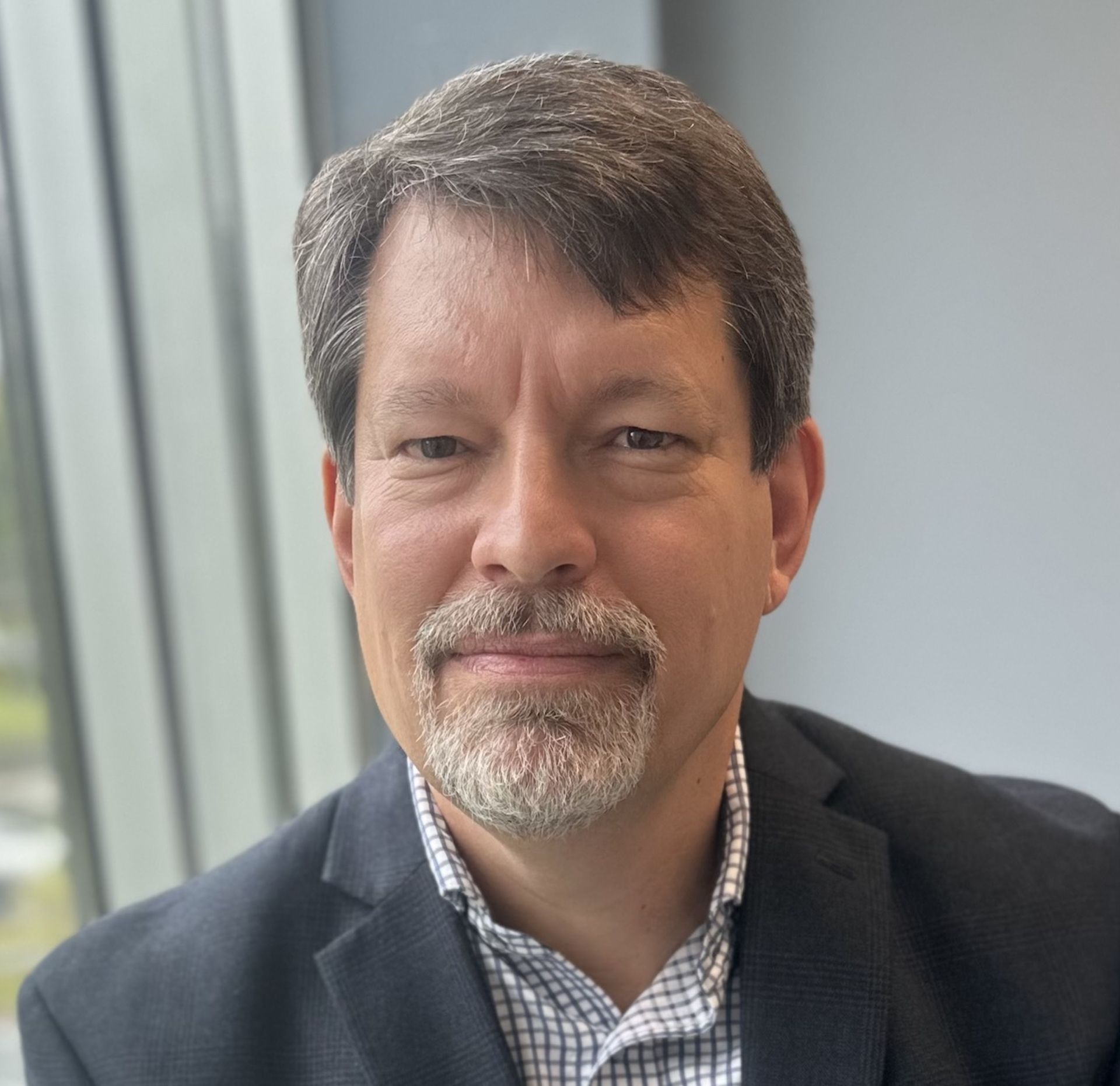
I’m dating myself when I say my favorite commercial as a little boy was when viewers were invited to “buy the world a Coke -- and keep it company.”
To film the ad (which the show Mad Men made famous again) Coca-Cola brought a bunch of young people to a hilltop in Italy to lip-sync a version of world peace. Maybe you, like me at 6, can totally dig a vision of “apple trees and honey bees and snow-white turtle doves” -- or maybe the hippy-dippy rhetoric makes you throw up in your mouth a little.
That’s the thing about visions of heaven. Everyone has a slightly different picture of how it looks (or in this case, tastes). Besides, any utopia is just not very realistic, no matter how much you caffeinate it.
What can be realistic is for champion workers to feel respected and appreciated in their organizations. In fact, for most employees, that feeling is essential. Who wants to go to work every day being treated like a stranger, an outsider, or, worse, a pariah?
In an earlier blog post I talked about the importance of giving employees difficult goals, then empowering them to achieve them. The good feelings that come from achieving can make work seem worthwhile again.
But something else happens, too. Employees who are winning feel generous toward their colleagues. Irritations get overlooked, and even a colleague who is struggling may be treated as an essential part of the team, so long as they contribute something. In a World Series, a key base hit in Game Seven can make up for all of that player’s earlier strike outs.
It doesn’t mean that personalities don’t matter. It’s just that personality conflicts become less relevant when a team is succeeding. Teams really show their worth when individuals on the team pleasantly surprise one another in the heat of battle.
I think this is what some people are touting when they hold up diversity as an organizational goal, as multiple perspectives and talents combine during a challenge for a significant win.
But how can we jumpstart co-worker respect and appreciation before game day? One method is an activity I call “Welcome to My World.”
For a team of ten, block off a good 75 minutes and find a sizable room so everyone can spread out. Give each team member a single piece of easel pad paper (around 11 by 17 inches) onto which they can illustrate their work and/or personal life. Give them ten to fifteen minutes to fill up their sheet of paper.
Remind everyone repeatedly that their creation doesn’t have to be particularly artistic, just good enough to serve as a visual aid so they can talk about their experience.
Then have them take turns presenting. You might be amazed at how much employees open up to one another about personal and work-life challenges. You may even see a few tears, but any awkwardness more than worth the empathy that the exercise ends up building among teammates.
It’s not uncommon for participants to think to themselves: “Wow, I had no idea she was going through that.” “I see him in a different light now.” “Now I understand why they act that way sometimes. I think I know how to approach them differently.”
In a flash, “that young Black woman” or “that old white dude” become more three-dimensional and human in one another’s eyes. Teammates de-categorize teammates out of perceived stereotypes and re-categorize them into more individualized portraits. The transformation allows for work interaction that is a lot more humane and productive.
Don’t misunderstand me: Feeling close to our colleagues is no replacement for accomplishing work goals. But both phenomena can be reinforcing: Feelings of belonging increase trust, which can improve team performance. Meanwhile, group wins beget high-fives and hugs -- which promote generosity toward teammates.
Getting everyone to sing from the same song book in terms of held beliefs usually isn’t possible. But do we even want that? One thing that bugs me about that old Coke commercial is no one is even looking at one another. They’re just performing for the camera.
Team unity in a context of diversity needs to be more than a PR stunt. Let’s get people talking and sharing in a way that helps them to see one another’s individuality, commonalities as well as differences. Each of us is special and has something to offer at work.
That’s the song I sing.
Eric Larson is the founder, CEO, and Lead Detective at The Organizational Detectives LLC, a management consultancy for businesses and nonprofits based in Raleigh, NC. A former executive at CompTIA Spark, he was part of the team that branded and launched CompTIA’s IT-Ready training program for entry-level tech workers. In his regular blog for ChannelE2E, he shares best practices of leadership to help your MSP thrive. Learn how an organizational detective can catch the killers of efficiency and effectiveness at your company at http://www.TheORGDetectives.com. Contact him at [email protected].




